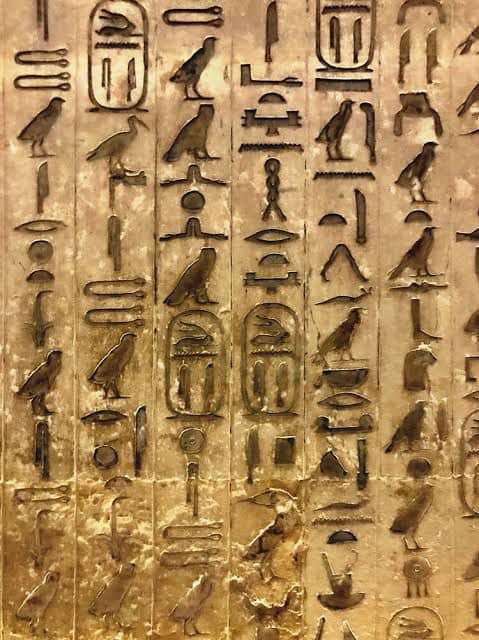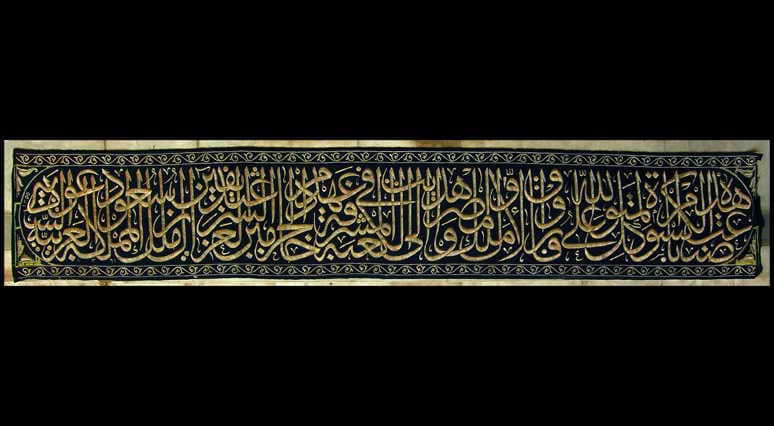CAIRO – 27 January 2022: The ancient Egyptians laid the foundations of the ancient Egyptian language and writing at the end of the fourth millennium BC, which had a major role in the launch of the Egyptian civilization.
Egyptian museums highlighted the importance of writing about the ancient Egyptian civilization and presenting the most important models of the development of the ancient Egyptian writing. These models start with the Hieroglyphics, which are meticulously engraved on the walls of temples and tombs and which evolved from one era to another to keep pace with the developments of daily, administrative, literary and ideological life.
The Hieroglyphics changed briefly into the Hieratic script, then to the popular Demotic script, and finally to the Coptic script, which appeared at the beginning of the 3rd Century AD and combined the Greek letters with seven demotic letters. It is currently used in some Egyptian churches.

The ancient Egyptians used many writing materials such as stone, pottery, bone, and textile. Ancient Egyptians are also credited with inventing the papyrus, which played a major role in facilitating daily transactions and spreading science in Egypt and the world.
Due to the importance of writing in ancient Egypt, the writer’s profession had a special place during the Pharaonic era. Cemeteries were rarely devoid of a scene of a writer or his title. The chief officials, ministers and priests, and those of great importance, always recorded in their titles the title of scribe.

In the Islamic era, the importance of writing heightened, as the caliphs, governors and leaders needed it in writing to each other. With the development of Arabic calligraphy, writing developed greatly, and calligraphers were the highest-ranking artists in the Islamic world.
Several types of writing have appeared, including the historical writing that is concerned with the news of the Islamic conquests; the political writing that analyzed the correspondences between caliphs and governors; and the religious writing, which flourished in the Umayyad era and came to document discussions on deep religious issues to refer to such writings in similar religious issues.
The calligraphers proudly signed their artistic produce, which came in a variety of scripts, such as the Kufic script, the Naskhi script, the Thulthi script, the Rihani script, the Dewani script, the commentary, the Ijazah script, the Ruqa’a script, and others.
Comments
Leave a Comment